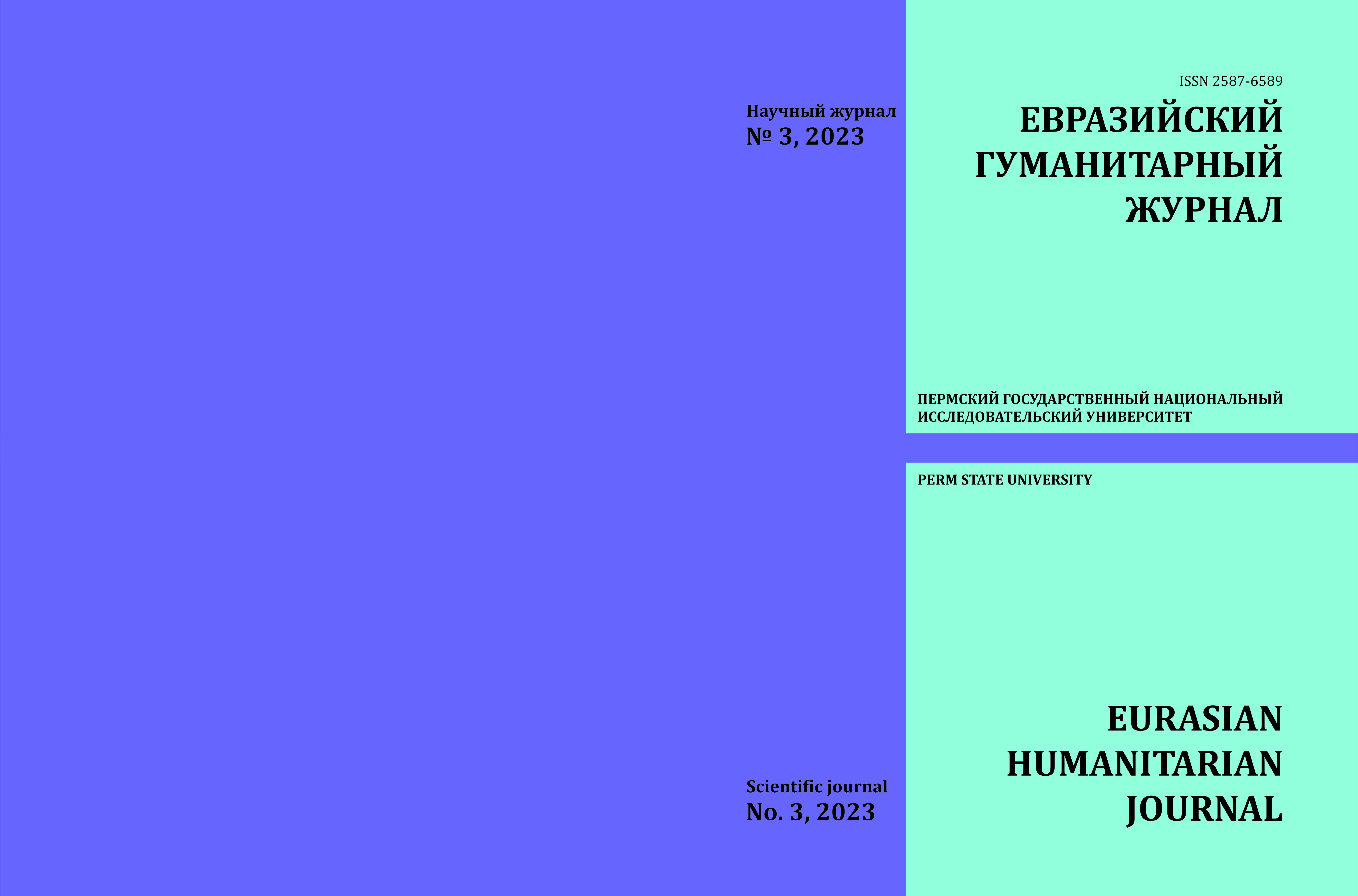ABOUT THE FILMING OF M. PUIG’S NOVEL «BOQUITAS PINTADAS»
Keywords:
M. Puig, film adaptation, filming, novel, intermedialityAbstract
This article analyzes the film adaptation of the novel «Boquitas pintadas» by the Argentinean writer M. Puig, created under the direction of director and screenwriter Leopoldo Torre Nilsson. The purpose of the work is to determine how the author's intention of the original work was embodied on the screen; an attempt is made to conclude whether the film adaptation is successful. To achieve this goal, studies were considered in the field of analysis of film adaptations of literary works; the key features of the original novel, in our opinion, necessary for understanding and revealing the author's intention, were identified, on the basis of which the film adaptation was analyzed. When considering a film adaptation, literary criteria were taken into account (plot, theme, main characters, etc.). The artistic specificity of film language was also taken into account. It was concluded that the film adaptation of the novel «Boquitas pintadas» largely follows the plot of the original, the filmmakers also managed to preserve some features of the author's style of M. Puig and convey the characters and images of most of the characters. However, the film is significantly inferior to the original work in depth and versatility because of the omission of important features of the novel: tango and bolero; game with genres and parody; elements of mass culture; complex narrative structures, etc. Determining the success of a film adaptation is based on subjective criteria and depends on the position and point of view, therefore the film «Boquitas pintadas» can be considered as a successful adaptation of M. Puig's novel, since it reproduces the plot and retains the characters of the original, and not successful, since it does not bring anything new to the understanding of M. Puig's novel, but, on the contrary, greatly simplifies it.Downloads
Published
2023-08-22
Issue
Section
ЛИТЕРАТУРОВЕДЕНИЕ

